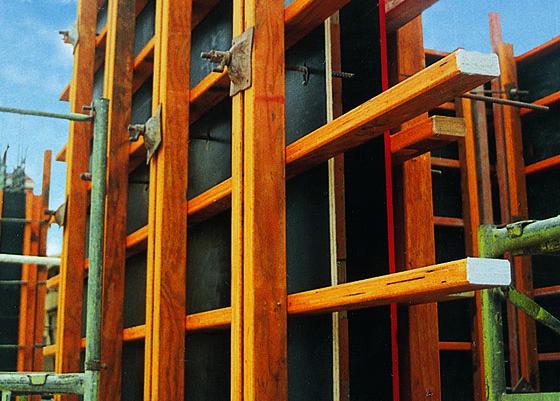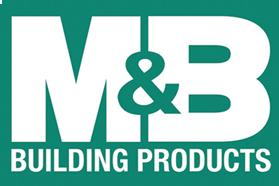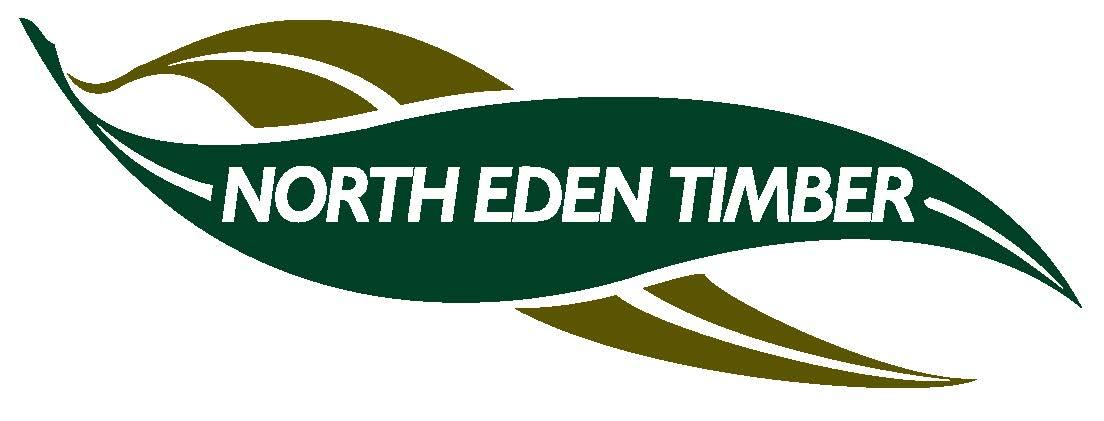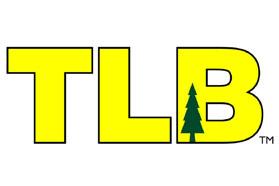While wood is well known for permanent structures such as framing, beams and flooring, it plays an equally important role for temporary structures.
Building sites, both small and large, rely on wooden temporary structures to guarantee both the success and safety of construction projects. Wood is favoured for temporary structures as it easy to handle and work and can be re-used. Wood doesn't conduct electricity and heat so offers more safety than metal alternatives.
Wood's favourable strength-to-weight ratio means that timber structures can often be erected without relying on support from other temporary structures. Concrete and masonry require support from timber falsework, especially arches that cannot take their own load during preliminary construction.
The most common temporary structures are formwork and scaffolding. Formwork provides a temporary structure used in the casting of concrete, and scaffolding is an elevated platform that supports construction workers, materials and tools.
Criteria Level: 1.01
Soffit forms are moulds that produce horizontal surfaces such as slabs and beams. They support predominantly vertical loads during construction. A common soffit form has a plywood surface supported by joists on top of bearers which are carried by the fork heads of a proprietary steel propping system.
This plywood/timber combination form is quickly decked out, with side forms attached and coated with a release agent to help with removal of the form.
The timber supports for the soffit are known as 'centering' and can be solid webs of timber or plywood. Timber falsework was commonly used in the construction of railway tunnels, brick pipelines and churches.
Soffit forms must support the formwork self weight, the concrete load, the live load of workmen and equipment, stacked materials and wind loads. Other considerations can include falsework self weight, multi-storey propping, impact from crane handled loads, footing settlements, pre-stressing, concrete shrinkage, tides, stream flow and flotation.
Criteria Level: 1.01
Wall forms need to contend with large forces. This could be resisted by external propping but it is more efficient to use metal form ties. Washer plates are also used with ties to help distribute forces perpendicular to the grain in the supporting timber.
Wall forms need to be able to resist handling stresses from crane slings and wind loading as well as the lateral pressure of the concrete placing operation.
Column forms are similar to wall forms but are more likely to generate full hydrostatic pressures.
Criteria Level: 1.02
For concrete formwork it is important there is continuity with the line of the face, especially where architectural concrete is being used. Good structural design will limit the possibility of any defects.
The alignment of the form should be monitored during the pour.
Striking or disassembling a form involves care so as not to damage the form. The use of double headed nails will help to easily remove nails. Special lifting equipment may be required to help with the process.
Criteria Level: 1.01
The verticals (props), bracing and beam elements supporting permanent works are collectively referred to as falsework. While formwork is technically a mould constructed for concrete - with the form face and immediate framing the 'form' - the forms and falsework may be collectively referred to as 'formwork' as per the relevant standard AS 3610 Concrete Formwork Code.
These days, falsework is required more for planar surfaces and timber falsework can provide support to about 4 m in height.
Criteria Level: 1.01
Scaffolding is an elevated platform that supports construction workers, materials and tools. Scaffolding has a long history and in the past the entire structure was made from timber and in Hong Kong bamboo is still used.
Wood is generally used for the plank, while steel pipes form the scaffolding frame. Scaffold planks are used for walkways, ramps, staging for loads and the storage of materials.
Wood works well for the plank materials as it has a good workability and can handle the range of temperatures associated with a building site. Timber planks are recyclable and can be used for other areas of the site such as sole plates, kick boards and parts of formwork. Any planks used for scaffolding need to meet the relevant requirement. While solid timber planks are available from species such as Douglas Fir, LVL has become a popular choice for scaffolding planks due to its strength-to-weight benefit. A number of suppliers now offer proprietary products specifically designed for scaffolding use.
Criteria Level: 1.02
The properties of plywood are well suited to formwork and scaffolding planks. Plywood is strong, offers a high stiffness to weight ratio, good dimensional stability, good impact resistance and is easy to work with. Due to its cross branded construction each sheet is less likely to lose shape when compared with straight timber. Nails can also be placed within 9 mm of panel edges without splitting.
Plywood is especially good for curved surfaces and also helps to insulate concrete from the weather extremes, which helps with the curing process.
Not all formwork plywood requires an overlay, however all plywood used for concrete formwork should be edge sealed.
Once plywood has exhausted its suitability as formwork it can be further recycled onsite as other temporary structures such as protective barriers or ramps.
AS 6669 Plywood-Formwork is the standard for plywood that is used as concrete formwork.
Criteria Level: 1.03
Shoring is the framing holding back an excavation with the timbers in contact with the earth called sheeting. The shoring and sheeting is collectively known as 'timbering'.
Shoring is needed for excavations when a foundation or basement excavation is close to the property line. It is important that any adjacent buildings or land are not at risk of moving into an excavation area. The timbering of excavations and trenches where sand and gravel is involved needs to ensure that boards restrained materials. In rock and clay areas there may be more allowance for spacing.
Timber shoring supports excavations such as large manholes.
Criteria Level: 1.04
A hoarding is a temporary fence around a construction site. It is designed to prevent public access to the site and also to ensure that all construction materials remain on site.
Part of a hoarding is the gantry, which is a frame the covers the footpath and provides overhead protection against the possibility of any materials falling overhead. Timber is well suited to this application as it can easily be adjusted and is cost effective.
Plywood is a common material for hoardings and many are painted or carry marketing promotions for property developments.
Criteria Level: 1.05
The form is the container where concrete goes in order to achieve the design shape. The form includes the contact surface, supporting members, bracing and ties. There may also be supporting falsework. The forms and falsework are collectively known as formwork.
Formwork has a very important role in construction, despite it being a temporary structure. The quality of the formwork will determine the quality of the concrete. Not only this, but the formwork also acts as a safety device, providing protection and support during curing. Formwork should also be easily removed to allow for re-use.
Timber and plywood, or more specifically formply (formwork plywood) provide good formwork materials because they can effectively contain the concrete, provide resistance to loss of grout and hydration staining, give a consistent surface finish which allow the formwork to be re-used. Timber is also easy to remove and cost effective.
Timber is also used for framing that gives structural backing to a plywood form face.
It is important that any timber product used ensures there is no form failure. All timber should be stress graded to the appropriate standard. Materials that have been re-used should appropriately checked before reuse.
Hardwood is unlikely to be used for formwork due to issues with handling and fixing. Hardwood is also more prone to twisting and may stain concrete.
Tongue and grooved boards are preferred for form faces to avoid grout leakage.
AS3610 - Formwork code is the relevant standard






